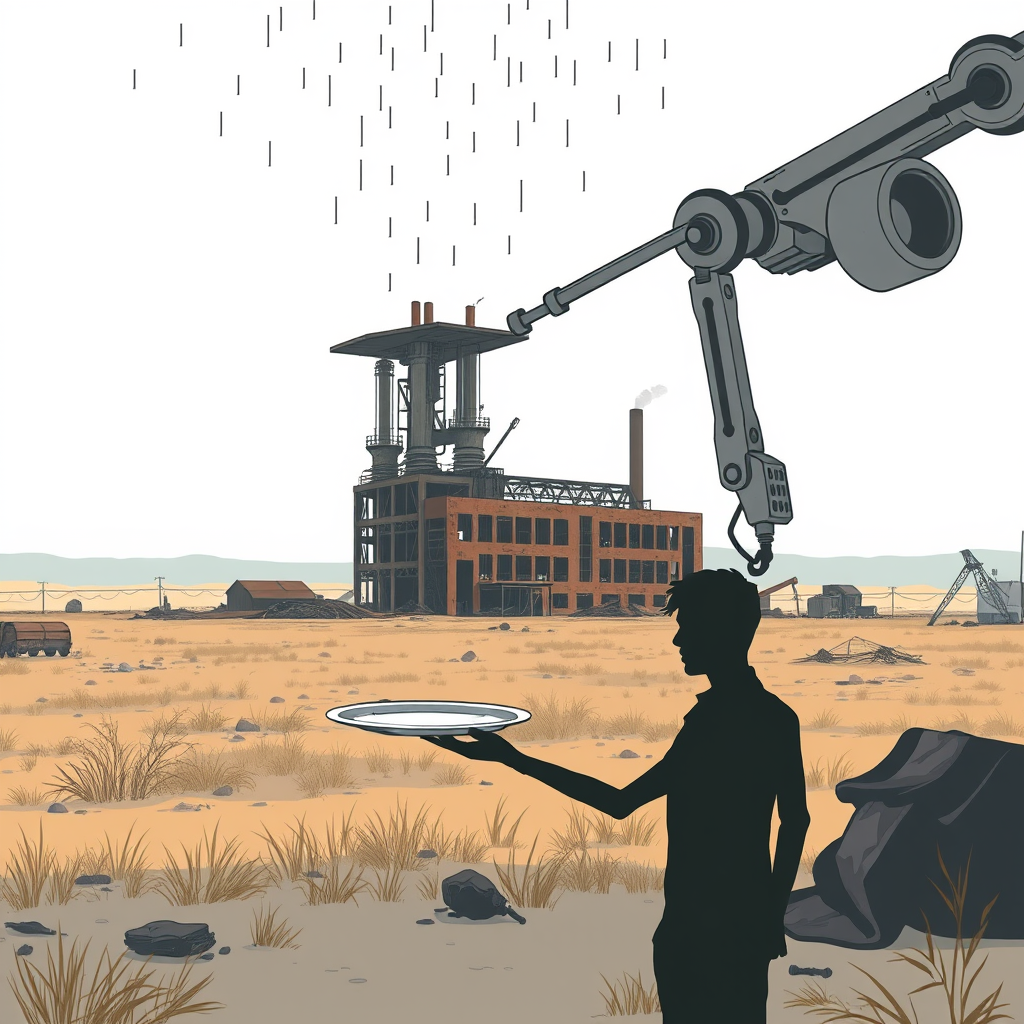AI Videos Accuse Trump of Economic Distress

China’s state-controlled media outlets are employing artificial intelligence to create and disseminate videos critical of U.S. tariffs and former President Donald Trump’s trade policies. These videos, featuring a blend of animated robots and depictions of economic hardship, aim to portray the tariffs as detrimental to American consumers and the broader economy.
One video, published by CGTN, a state-run English-language broadcaster, utilizes an automated female voice singing lyrics that directly reference Trump’s “Liberation Day” announcement of tariffs. The visuals depict a woman facing economic hardship, staring at an empty plate. The accompanying caption explicitly labels the content as “AI-generated” while emphasizing the “human-made” origins of the debt crisis.
Xinhua, another state-run news agency, posted a separate AI-generated video featuring a robot named “TARIFF” that chooses self-destruction over enacting high tariffs, framing them as instigators of “trade wars and unrest.”
These productions arrive amidst escalating tensions, following China’s sharp criticism of U.S. tariffs – which have contributed to significant stock market volatility – and its subsequent retaliatory measures involving import duties and export restrictions.
Economists predict that the trade war will likely lead to increased prices for consumers and potentially trigger an economic downturn in the U.S. Some of America’s trade partners are also implementing their own tariffs on American goods, effects which Trump has downplayed as a “disturbance.”
The CGTN video, which combines English and (originally) Chinese lyrics with imagery of car factories and dancing robots in desolate urban landscapes, paints a particularly bleak picture of the economic consequences. Lyrics like “You taxed each truck, you taxed each tire. Midwest burnin’ in your dumpster fire” underscore the message of economic devastation.
While the use of AI-generated content for political messaging is not entirely new, this campaign represents a deliberate and sophisticated effort by China to shape the narrative surrounding the trade dispute. It’s a clear attempt to portray the U.S. as the aggressor and to garner sympathy for China’s position, leveraging technology to bypass traditional media channels and directly address a global audience. The effectiveness of this strategy remains to be seen, but it highlights a growing trend of nations utilizing AI for public diplomacy and information warfare.